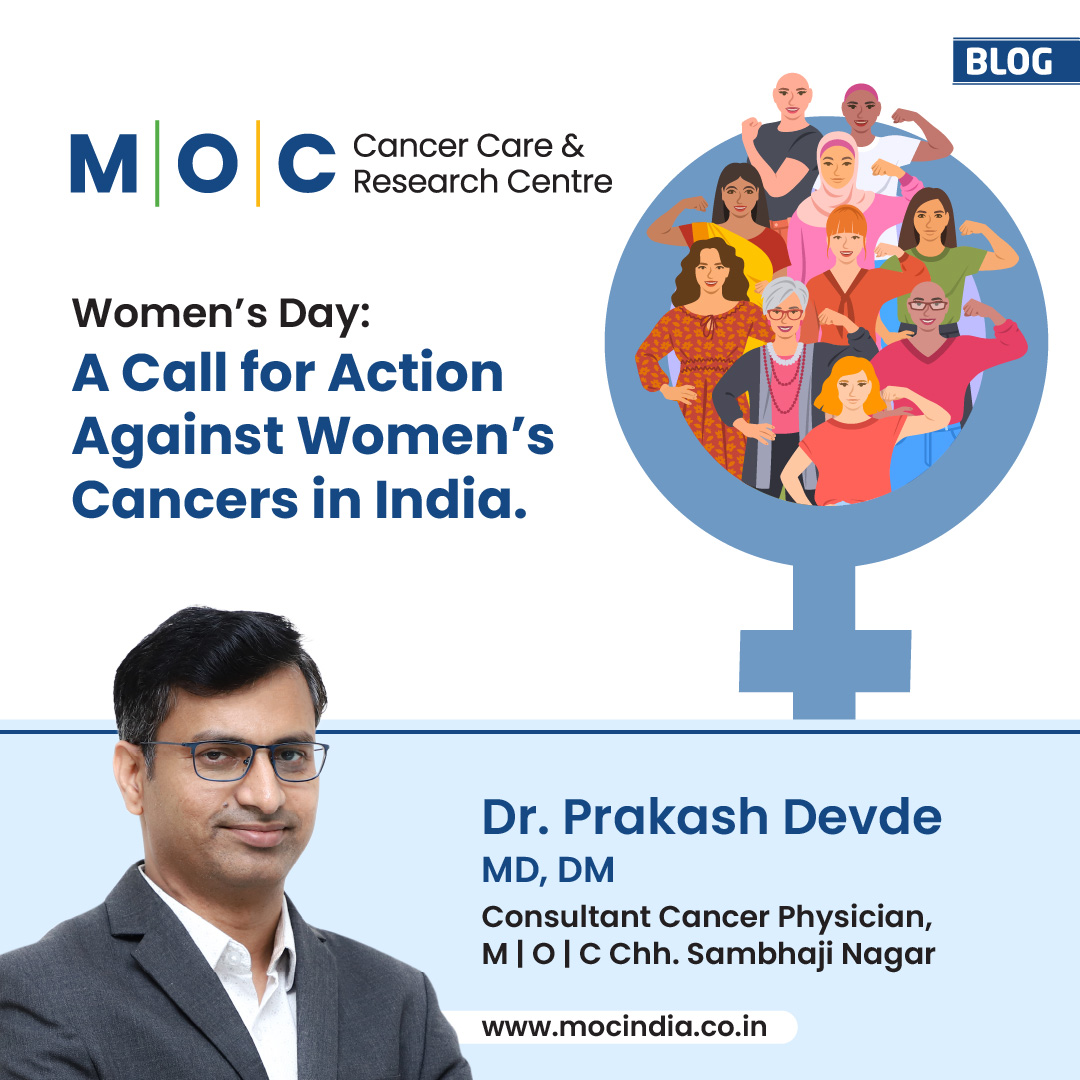HPV & Cervical Cancer | Dr. Sonal Dhande | Cancer Specialist | MOC Nashik



What risk do we transmit during a sexual intercourse? Obvious answer that we hear from people is HIV or Human Immuno-Deficiency Virus that is responsible for a clinical condition called AIDS. Have you heard of HPV before? Is it different from and more common than HIV?
HPV or Human papillomavirus is a virus that is spread through sexual contact, more appropriately put; skin-to-skin contact, Sexual contact as a term covers different forms of sex including sexual intercourse (vaginal sex), oral sex, anal sex, or any other contact involving the genital area (E.g. hand to genital contact). While condoms are known or often used to prevent most sexually transmitted infections, they do not guarantee complete protection from HPV infection, because they do not cover all exposed genital skin.
The risk of HPV exposure is directly proportional to the number of sexual partners one has. Having sex with a partner who had many other partners in the past also increases the risk of HPV to the primary subject. Estimates suggests that before the age of 50, about 75% to 80% of sexually active adults will acquire at least one genital HPV infection. A majority of individuals become infected for the first time with one or more HPV types in the anogenital track (region of both anus and genital organ), between ages 15 and 25 years. Genital track encompasses both internal and external sex organs of men and women.
Approximately 70%-80% of infected individual does not develop signs & symptoms and most cases never develop any problems caused by HPV. In 20% to 30% females, however, HPV infection poses a greater chance of developing pre-cancerous condition of cervix and subsequently the cancer of cervix. On an average, it takes 20 to 25 years for a new HPV infection to cause cervical cancer.
Over 100 different strains of HPV have been identified; more than 40 of these are known to infect the cervix, and approximately 15 are known to cause cervical cancer.
Researchers have categorized and labeled the different HPV types / strains as 'high risk' or 'low risk' on the basis of their intensity / potential for causing cervical cancer to the infected women:
- HPV types 6 and 11 cause about 90 percent of genital warts. These types are considered low risk because they do not cause cervical cancer.
- Types 16 and 18 are the high-risk types that cause most (about 70 percent) cases of cervical cancer. HPV types 31, 33, 45, 52, and 58 are also high-risk types, causing about 20 percent of cervical cancers. Other high-risk types (35, 39, 51, 56, and 59) can also cause cervical cancers but are less common.
Is there a protection against these viruses? Know more about it in my second blog to be released next week.
Dr. Sonal Dhande, MD. DNB.
Consultant Cancer Specialist
Mumbai Oncocare Centre- Nashik
Appointments @ 0253-2510127/9322949845
Email- drsonaldhande@mocindia.co.in
www.mocindia.co.in
Latest Blogs
-
![Why Indians Need to Take Prostate Cancer More Seriously? An Oncologist's Opinion]()

- 20th Mar, 2025
- Why Indians Need to Take Prostate Cancer More Seriously? An Oncologist's Opinion
-
![Women’s Day: A Call for Action Against Women’s Cancers in India.]()

- 10th Mar, 2025
- Women’s Day: A Call for Action Against Women’s Cancers in India.
-
![A Unique Perspective on Women and Cancer- A Food for Thought]()
.jpg)
- 3rd Mar, 2025
- A Unique Perspective on Women and Cancer- A Food for Thought
-
![Bridging Hope and Equity for Young Warriors this International Childhood Cancer Day]()
.jpg)
- 18th Feb, 2025
- Bridging Hope and Equity for Young Warriors this International Childhood Cancer Day
-
![World Cancer Day 2025: United by Unique, Empowered by Hope.]()

- 5th Feb, 2025
- World Cancer Day 2025: United by Unique, Empowered by Hope.
-
![Striving Towards People-Centred Cancer Care]()

- 3rd Feb, 2025
- Striving Towards People-Centred Cancer Care
Book Your Appointment








